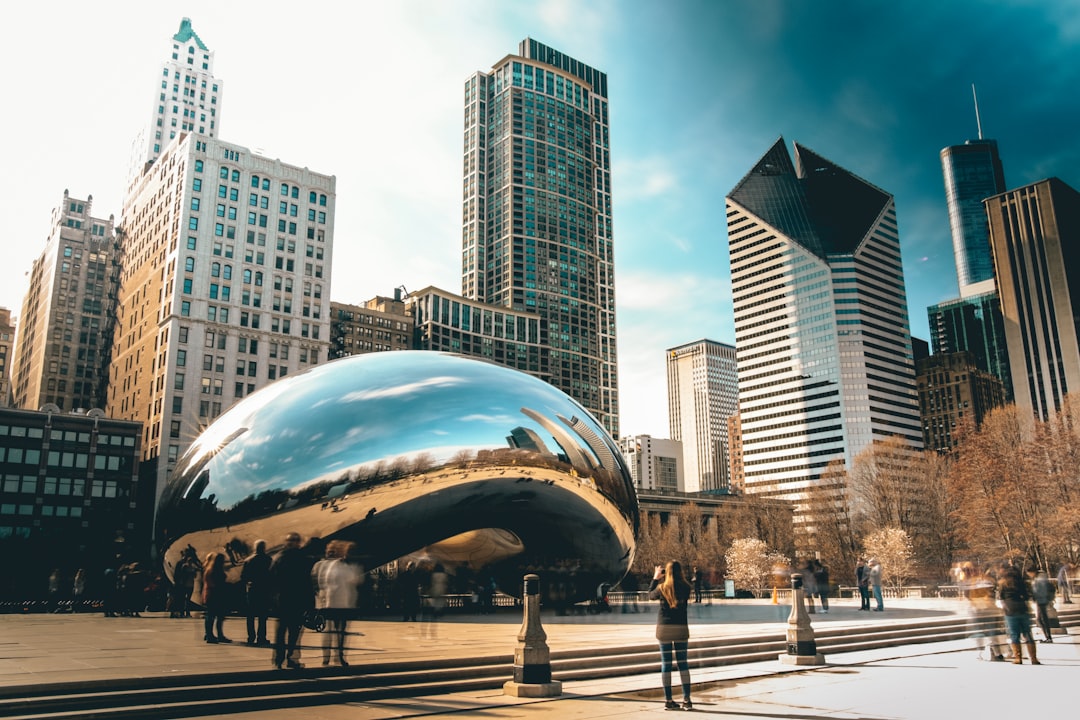Riverside skillfully integrates its rich cultural heritage with modern city planning, demonstrating a commitment to both preservation and innovation. The city's strategic initiatives include maintaining architectural landmarks like the Mission Inn while introducing contemporary amenities to enhance urban living. Riverside's city planners have successfully implemented adaptive reuse strategies alongside new constructions, ensuring a balance between honoring the past and embracing the future. This approach not only sustains but also enriches the city's identity, showcasing a dedication to intelligent urban growth through sustainable design principles, green spaces, and smart growth strategies. These efforts aim to improve walkability, address traffic congestion, and minimize environmental impact, all while safeguarding Riverside's unique character for both current residents and future generations, making it a model of city planning that respects history while promoting progress.
Riverside, a city steeped in rich history and architectural charm, stands at a pivotal juncture where honoring its past meets the imperative of modern urban development. This article navigates the nuanced interplay between preserving the heritage that defines Riverside and embracing contemporary advancements through city planning. It delves into how historical sites are seamlessly integrated into the evolving urban landscape, explores innovative solutions for balancing growth with historical integrity, and examines Riverside’s unique approach to maintaining its legacy while progressing into the future. Join us as we explore this complex yet compelling relationship.
- Balancing Heritage and Progress: The Evolution of Riverside's Urban Landscape Under City Planning
- Preserving the Past: How Riverside's Historical Sites Are Integrated into Modern City Planning
- Adapting to the Future: Innovative Solutions in Riverside for Harmonizing Development with Historical Integrity
Balancing Heritage and Progress: The Evolution of Riverside's Urban Landscape Under City Planning

Riverside, a city with a rich tapestry of history and culture, stands at a pivotal juncture where its past intersects with the dynamism of modern urban development. The evolution of Riverside’s urban landscape under city planning initiatives reflects a delicate balance between honoring heritage and embracing progress. City planners in Riverside are tasked with the challenging duty of preserving the historical integrity of the city’s architecture and sites while also fostering growth that meets contemporary needs. This dual mandate requires thoughtful consideration of zoning laws, development projects, and the integration of green spaces to maintain the character of the city.
The implementation of city planning strategies in Riverside has led to a series of transformations that have both sustained and transformed its urban fabric. By employing a blend of adaptive reuse and new construction, the city has managed to preserve iconic landmarks such as the Mission Inn while also introducing modern amenities that cater to the needs of a growing population. These efforts underscore the city’s commitment to maintaining its unique identity while ensuring that Riverside remains a vibrant and forward-thinking urban center. The ongoing dialogue between conservation and innovation in city planning is a testament to Riverside’s adaptability and its dedication to both preserving its storied past and embracing the future.
Preserving the Past: How Riverside's Historical Sites Are Integrated into Modern City Planning

Riverside, a city rich in history and architectural heritage, stands at the crossroads of maintaining its historical integrity while embracing the demands of contemporary urban development. The city’s planning initiatives are thoughtfully designed to preserve its storied past through strategic integration into the fabric of modern city planning. A prime example is the adaptive reuse of historic buildings, transforming them into vibrant commercial spaces and cultural centers that cater to current community needs without compromising their historical character. This approach not only honors Riverside’s legacy but also serves as an educational resource for residents and visitors alike.
In the realm of city planning, Riverside has implemented innovative strategies that ensure its historical sites remain a focal point within urban development projects. These include zoning ordinances that protect significant landmarks, establishing historic districts to maintain the architectural flavor of neighborhoods, and incorporating heritage conservation principles into new development plans. By doing so, Riverside exemplifies a harmonious blend of preservation and progress, where the city’s rich history is woven into the narrative of its future growth. This thoughtful approach to city planning ensures that the essence of Riverside’s past continues to inform and enhance its evolving urban landscape.
Adapting to the Future: Innovative Solutions in Riverside for Harmonizing Development with Historical Integrity

Riverside, a city rich in historical charm and architectural significance, stands at the crossroads of preserving its heritage and embracing modern urban development. The need for innovative city planning is paramount to harmonize these two facets without compromising the integrity of the city’s past. One such solution involves the integration of sustainable design principles into new developments, ensuring that contemporary structures complement rather than overshadow the existing historical fabric. These designs often incorporate green spaces and adaptive reuse of historic buildings, thus fostering a seamless blend of old and new.
In the realm of city planning, Riverside is exploring cutting-edge technologies and methodologies to maintain its historical identity while propelling into the future. Smart growth strategies are being implemented to promote walkability, reduce traffic congestion, and lower the city’s carbon footprint. These forward-thinking initiatives not only cater to the modern urbanite but also protect the unique character of Riverside. Through thoughtful city planning, the city aims to preserve its history while creating a resilient and adaptable environment for future generations.
Riverside’s rich history and its integration into contemporary city planning present a unique challenge that balances preservation with progress. This article has explored how Riverside’s historical sites are not only preserved but also integrated into modern urban development, ensuring the city’s legacy endures alongside innovative growth. City planning strategies have proven pivotal in this endeavor, showcasing a harmonious blend of past and future. The narrative of Riverside’s evolution underscores the importance of thoughtful urban design that respects its heritage while catering to the needs of a growing population. As the city moves forward, it stands as a testament to the successful integration of history into modern living spaces, setting a commendable example for others to follow.
